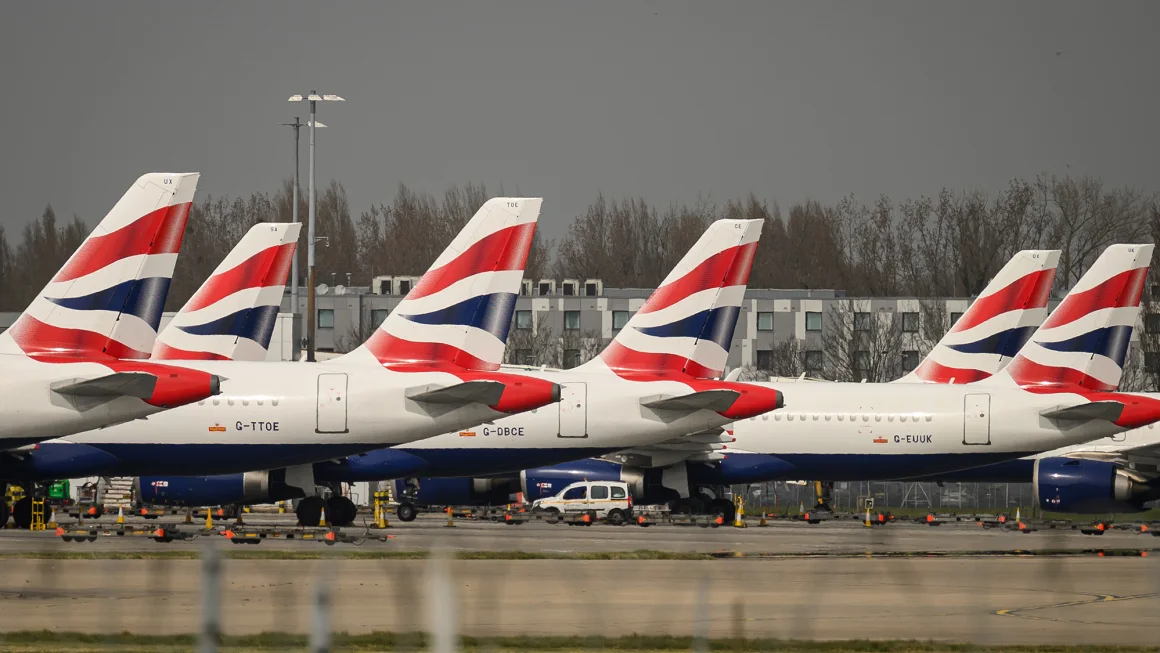In 2024, Heathrow Airport solidified its status as the busiest airport in Europe in terms of passenger traffic, ranking as the fourth busiest worldwide. Over the course of the year, nearly 84 million passengers traversed its five terminals, emphasizing the scale of service and connectivity this major transit hub provides. However, this bustling atmosphere was abruptly disrupted due to a complete closure triggered by a substantial fire at an electricity substation, which raised considerable concerns about operational safety and efficiency.
For airlines operating a limited number of flights to and from Heathrow, the impact of this closure may have been relatively minimal. Such disruptions are not uncommon in the airline industry and typically fall within standard operational challenges. Nonetheless, the ramifications were far more profound for those airlines that rely heavily on Heathrow as their primary hub. These carriers, which often work with extremely narrow profit margins, faced exorbitant costs during the closure, potentially erasing several months’ worth of profits. This financial strain is a stark reminder of the interconnected nature of modern air travel and the fragility of airline operations during emergencies.
When the news of the closure broke, the leadership of these airlines likely experienced a mix of anxiety and resolve. While their immediate concern centered around the safety of passengers and crew, given the emergency circumstances, they were also acutely aware of the broader operational implications. From an operational standpoint, the critical priority in such scenarios is to ensure the safe completion of all flights that are already airborne.
The decision regarding how best to manage these flights hinges on several factors, including the aircraft’s current position and the remaining fuel on board. This assessment is crucial, as it determines whether a plane can safely land at an alternative airport or whether it should return to its departure airport. As standard protocol dictates, every flight has a predetermined alternate airport—generally selected for its proximity to the aircraft’s route—ensuring a structured and efficient response in the face of unexpected disruptions. This comprehensive approach to operational safety reflects the diligence with which airlines strive to balance the demands of service with the imperative of passenger safety.







